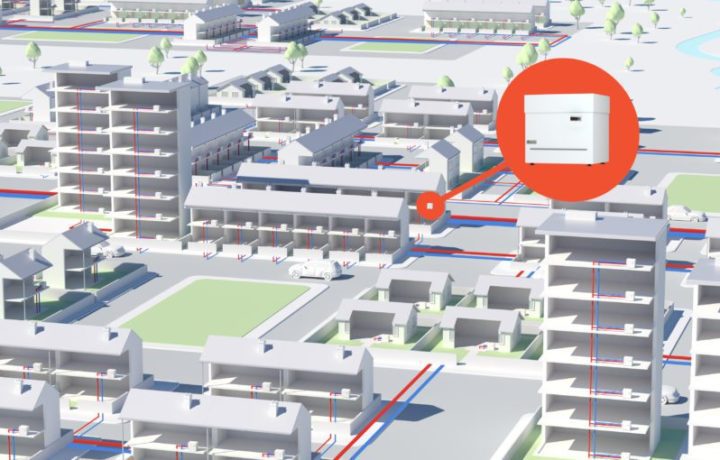Summary: Zoning entails identifying the areas which can be readily connected to a low-carbon heat network. Government is suggesting ‘local authority zoning’ as a roadmap to widespread heat pump deployment.
Kensa agrees that a phased approach is the most sensible way to roll out ground source technology, beginning with the areas with the most suitable geology, surface features, or sources of waste heat, as these are most conducive to lower-cost installations. It is encouraging that, refuting a common misconception that many properties won’t have space for the ground array, the government recognises that heat networks are suitable for densely populated towns and cities. This is also true of shared ground arrays.
There is currently a live heat network zoning pilot, but this exercise misses the wider opportunity. There are several ways that heat could be decarbonised effectively and affordably. A strategy for zoning would enable the rapid and mass transition to zero carbon heating and cooling, and energy security and affordability, but if you attempt to make all methods and options available to all properties it would be extremely inefficient and costly.



